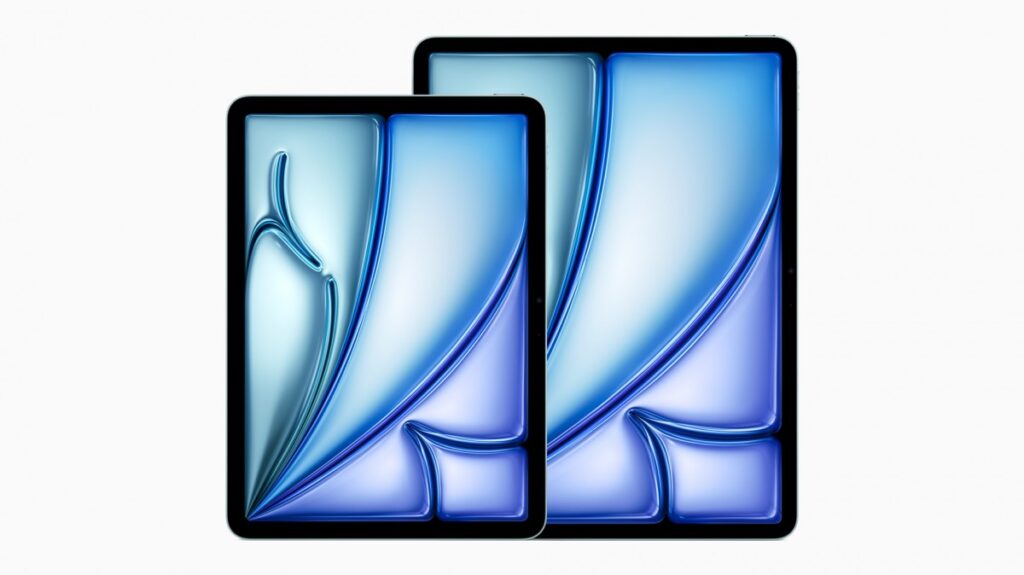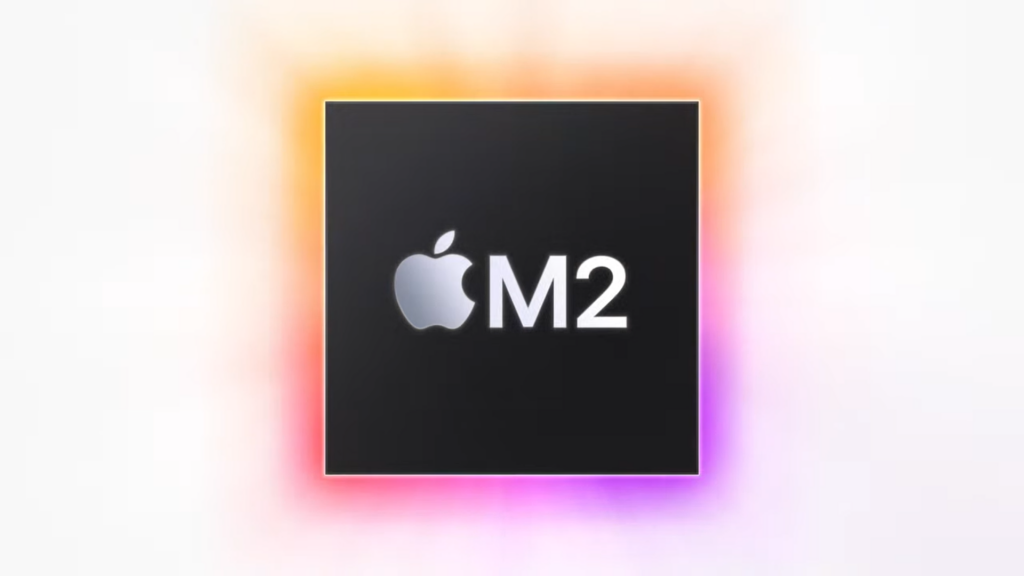Apple has thrown the iPad Air rulebook out of the window with the latest iPad Air 6 – and that’s because, for the first time, it’s available in two screen sizes. But what’s the difference between the two?
While some differences – like the size of the screen – are obvious, there are a few small differences between the two that may sway your buying decision one way or the other. If you’re tempted to pick up the iPad Air 6 but aren’t sure which is best for your needs, carry on reading.
Both have different-sized screens
The most obvious difference between the two iPad Air variants is the screens’ size. The 10.9-inch display of the previous-gen iPad Air has been boosted by 0.1 inches to 11 inches, matching that of the new iPad Pro 11. The completely new variant of iPad Air, on the other hand, has a large 13-inch panel that mirrors that of the new 13-inch iPad Pro – in terms of sheer size, anyway.
Rather refreshingly, that’s essentially the only big difference when it comes to iPad Air screen tech, with both sporting Liquid Retina displays that cap out at 60Hz – though there are a few small differences if you look closely enough.


That includes resolution, with the larger 13-inch iPad Air somewhat obviously boasting a slightly larger 2732 x 2048 resolution than the 11-inch alternative’s 2360 x 1640, though the pixel density is identical at 264ppi.
What is surprising, however, is that the 13-inch iPad Air is also slightly brighter than its smaller sibling, boosting to a maximum of 600nits while the 11-inch variant caps out at 500nits. It’s arguably not going to be that notable in everyday use, but if you plan on using your tablet in bright outdoor conditions, it might be worth opting for the bigger screen.
The 11-inch iPad Air is much lighter
Sporting a screen that’s two inches smaller than that of the 13in iPad Air, it shouldn’t come as much of a surprise to learn that the 11in model is the lighter of the two variants of iPad Air – and by quite a bit too.
That’s because the 13-inch iPad Air weighs in at 617g, making it 38g heavier than the iPad Pro of the same size, while the 11-inch variant weighs in at 462g, making it lighter and thus easier to throw into a rucksack for use on-the-go. In fact, it’s only 1g heavier than the previous-gen iPad Air.
Both share the same key specs
Aside from the size of the screens and other minor differences noted above, the 11-inch and 13-inch versions of the iPad Air both share the same key specs. That means both sport the same M2 chipset with the same storage options from 128GB to 1TB, the same 12MP selfie camera, the same support for Wi-Fi 6E and much more.


It’s a refreshing change to Apple’s previous approach of offering slightly different specs between two variants of the same product. Take the previous-gen iPad Pro range for example; while both sported largely the same specs, the 12.9-inch model had an upgraded mini-LED screen while the 11-inch model used the same LCD panel as previous entries.
It makes things much simpler for consumers, leaving the decision down to something as simple as whether they want a regular or large-screen tablet.
The 11-inch iPad Air is cheaper
With a smaller 11-inch screen than the 13-inch alternative, the 11-inch iPad Air is comfortably the cheaper of the two tablets, starting at £599/$599 while the 13-inch alternative starts at £799/$799. That’s a pretty tempting price for the tablet, especially when you consider the M2-level power on offer.
If you are interested in either model, both variants of the sixth-gen iPad Air are available to pre-order now, with a general release set for 15 May 2024.

